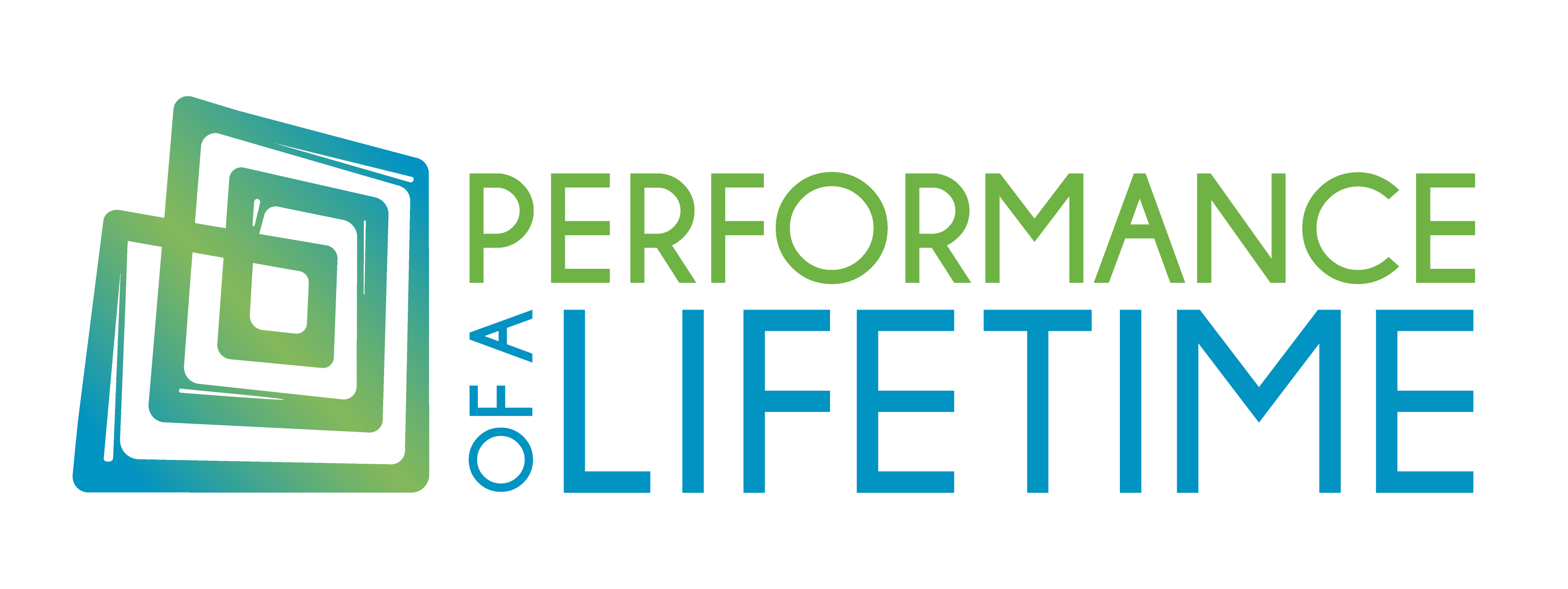Unless you’re a regular on the TED Talk stage, chances are you could improve your presentation performance.
If you need motivation, look no further than billionaire Warren Buffett, who says that learning to speak in public will increase your earning power by 50 percent. And there’s no shortage of advice on how to do it, from learning “the rules” to tapping into neuroscience.
As a lifelong stage performer who is also a CEO, author, executive coach, and public speaker, I’ve learned that some of the most important tools for turning all that motivation and advice into effective presentations come from the theatrical side of my background.
So here are my top six ways to harness the tools of the theater to make your next presentation a performance to remember.
1. It’s a monologue, not a soliloquy.
In a play, when a character speaks for an extended period of time, it’s either a monologue or a soliloquy. As a presenter, you’re speaking for an extended period of time — and it better not be a soliloquy.
A soliloquy is a character talking to him or herself (think Hamlet intoning “To be or not to be…” and then rambling on about death and vengeance for the next 15 minutes). But a monologue is part of the dialogue of the play. It might be to another character, or to the audience, but it’s always a conversation.
As a presenter, don’t talk to yourself — talk to us.
2. Start in the middle.
Movies and plays draw us in by starting in the midst of the action and so should you. Skip the long introduction and instead make a bold assertion.
I once asked a financial controller what she wanted her audience to take away from her quarterly results report. “Well,” she said, “we had a surprisingly good quarter.”
I told her to say that first, with no preamble. She tried it, and her audience of fellow workshop participants leaned in. They later reported that they were intrigued, curious, maybe even a little provoked — but they were paying attention.
3. Rehearse more than you think you need.
On average, the cast of a play rehearses for more than a month before opening night. You don’t need to go that far, but thorough preparation is one of the most important factors in giving you confidence in front of an audience.
Speak your presentation out loud, a dozen times or more. Use your slides when you practice. This allows you to stop thinking about what comes next and instead focus on connecting with your audience.
4. Talk to people, not “the audience.”
Speaking of the audience, remember the late Charlton Heston’s immortal words in Soylent Green: “It’s made of people!” In your case, I’m not suggesting that you eat them, but, please — talk to them.
Instead of looking at the audience as a mass, focus on individuals. Speak directly to them, one after another. Watch their reactions — did somebody nod? Great! Move on to someone else. Do they look perplexed? Maybe you should slow down.
Let your audience help you create your performance, as you move through it together.
5. Don’t compete with yourself.
There’s a saying in theater: “Find your light.” It means that moving to the spot(s) onstage in which you’re best illuminated makes it easy for the audience to see you. As a presenter, you can do this too, and not just with lighting.
You can make a range of choices that have a big impact on how you come across. Where do you stand — behind a lectern or closer to the audience? How do you relate to your slides — do you try to read from them, and turn around to face away from the audience (please don’t!).
Speaking of slides: Your slides should not be saying what you’re saying. If they are, the audience will watch them and not you. Instead, let them illustrate and augment what you’re saying, with images or summary headlines.
6. Make deliberate choices.
When legendary acting teacher Sanford Meisner directed students in class, his constant question was “What are you doing?” What he meant was that as you work your way through a scene, you have to make deliberate choices about why and how you’re doing what you’re doing at any given moment.
For example, wandering or pacing around the stage (in the theater or in a presentation) looks aimless and distracting. But choosing to cross the stage (for example, to come closer to another part of the audience) looks confident and conveys command of the space.
Being conscious, prepared, and owning your performance in this way will give you a huge surge in confidence — and a much better presentation.
Originally published on Inc.com.
Cathy Salit is a performer and a founder of Performance of a Lifetime. Her book, Performance Breakthrough: A Radical Approach to Success at Work (Hachette Books) is on sale everywhere books are sold.
Comments are closed.

